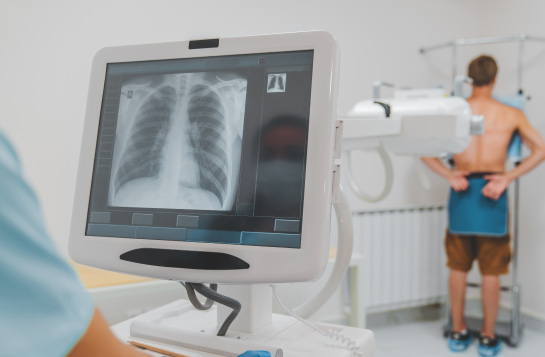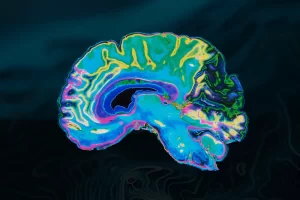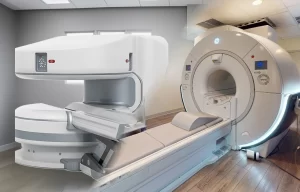X-Rays, a remarkable form of electromagnetic radiation, have revolutionized the field of medical diagnostics, allowing us to visualize internal structures hidden within the human body. This article delves into the fascinating world of X-rays, shedding light on their properties, applications, and the reasons they are used to diagnose various medical conditions.
The Electromagnetic Wonder of X-Rays:
X-Rays belong to the family of electromagnetic waves, boasting incredibly short wavelengths and high frequencies. With wavelengths ranging between 10-8 and 10-12 meters and energies spanning from ten-six electron volts (eV) to one-million electron volts (meV), X-Rays are versatile tools for disease diagnosis and repairing bodily tissues.
A Brief Historical Glimpse:
In 1895, the brilliant German physicist Wilhelm Conrad Roentgen discovered X-rays while experimenting with an electrical discharge. Observing electrons accelerated by high voltage colliding with a copper target, he witnessed the birth of X-rays, and their immense potential was unveiled. The name “X-rays” was derived from the mathematical symbol for the unknown, reflecting the captivating nature of this newly discovered radiation. Within months of their discovery, over a thousand scientific publications delved into the remarkable world of X-rays.
The Power of X-Rays in Medical Imaging:
X-Rays possess the unique ability to penetrate solid and liquid materials, enabling a wide array of medical applications. From studying the intricate structure of the human brain to imaging optically opaque materials, X-Rays are indispensable diagnostic tools. Medical professionals utilize X-rays to detect fractures, tumors, and other structural issues in bones and soft tissues, making them invaluable in routine cancer screenings.
Ensuring Safety in X-Ray Imaging:
While X-rays deliver invaluable medical insights, their radiation exposure necessitates precautionary measures. Dental X-rays, designed to minimize radiation exposure, are exceptionally safe. However, it is crucial to balance the procedure’s benefits and potential risks, especially for pregnant individuals.
The Procedure: Quick and Painless:
X-Ray examinations are fast and painless, facilitating the diagnosis of numerous common medical conditions. From detecting broken bones to identifying infections and digestive problems, X-Rays play a significant role in medical diagnostics. Low-dose radiation is used to obtain high-resolution images of bones and other body parts, ensuring patients’ safety during and after the procedure. X-Ray technologists provide appropriate comfort measures, and patients are often asked to remove metal objects before the exam to enhance imaging accuracy.
Overcoming Cancer and Detecting Ailments:
X-rays can help fight cancer and detect different health conditions, such as bone cancer, tooth decay, and osteoporosis. Although the risks of X-rays are minimal, and the advantages are more significant, it’s crucial to have conversations with healthcare professionals, particularly for pregnant individuals or children receiving X-ray treatments.
Emphasizing the Importance of Safety:
Radiation exposure during X-rays is relatively low compared to daily background radiation exposure. However, the cumulative effect over time should be considered. For pregnant women, specific precautions must be taken to avoid exposing the unborn baby to X-ray beams.
Alternative Imaging Options for Pregnant Individuals:
During pregnancy, ultrasound and magnetic resonance imaging (MRI) scans are good alternatives to X-rays. These types of imaging exams do not use X-rays and are therefore safe for the developing fetus while providing important medical information.
In Conclusion: The Marvel of X-Rays:
X-Rays are an unparalleled advancement in medical imaging, unlocking the secrets of the human body and facilitating early diagnosis and treatment of various ailments. Despite their incredible benefits, maintaining safety measures and employing alternative imaging techniques when necessary ensure the well-being of patients and the next generation. Embrace the power of X-rays responsibly, harnessing their potential to enhance healthcare and improve lives.




